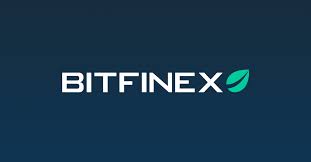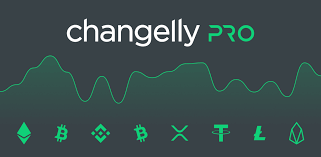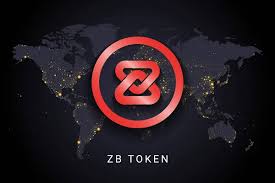Exchanging cryptocurrency in Bitfinex

Bitfinex was established in 2012. It is one of the first crypto-exchanging stages. It has laid out highlights like edge trading and financing, over-the-counter markets, and derivatives trading. Designed to accommodate substantial trading volumes, the platform offers a diverse array of products encompassing both spot and derivatives trading. With a live trading interface, Bitfinex supports […]
Buying Litecoin – full guide

A peer-to-peer Internet currency called Litecoin offers quick, almost free payments to anybody in the globe. Like other cryptocurrencies, this one is an open-source, totally decentralized form of worldwide payment that has no centralized control. Mathematics is crucial for network security and for helping people manage their cash. Litecoin (LTC) presents itself as a reliable […]
Buying Ethereum – full guide

It would be better to refer to Ethereum as a technology platform rather than a product when describing its aim and function. Bitcoin is a product of its platform that can be exchanged or held, like currency. However, Ethereum was created as a platform to empower the making of extra applications without building the basic […]
Exchanging cryptocurrency in Digifinex

Cryptocurrency exchanges serve as a vital infrastructure for the crypto ecosystem, enabling seamless transactions and fostering market liquidity. Digifinex, a prominent cryptocurrency exchange platform, has gained recognition for its diverse selection of digital assets and robust trading features. Digifinex is a global cryptocurrency exchange platform established in 2018 and headquartered in Singapore. It has become […]
Exchanging cryptocurrency in Huobi Global

Huobi is one of the biggest cryptocurrency trading platforms in Singapore; it was founded in Beijing originally, but now has its main office there. The exchange supports both ICO tokens and cryptocurrencies and highlights the potential expansion of the Blockchain economy. Additionally, it offers a “Huobi Trading Bot” function that gives customers freedom when trading […]
Buying Bitcoin – full guide

You can buy Bitcoin by signing up on a crypto exchange platform or a broker platform. You must decide how much Bitcoin you want to buy if you choose direct purchase. If buying a full Bitcoin is not possible, you may consider investing in a portion of one. Find a reliable platform to purchase Bitcoin […]
Exchanging cryptocurrency in Thodex

Thodex was a cryptocurrency exchange situated in Turkey. It permitted clients to purchase, sell, and exchange different digital forms of money. Notwithstanding, in April 2021, Thodex unexpectedly stopped operations, and its pioneer was captured on charges of extortion and running a Ponzi plot. The trade’s conclusion prompted critical monetary misfortunes for some clients. Because of […]
Exchanging cryptocurrency in Changelly PRO

Changelly PRO is a sophisticated cryptocurrency trading system designed to make buying, selling, and exchanging digital assets easier. It was introduced in 2020 as an expansion of the well-known Changelly service, which has been enabling cryptocurrency trades since 2015. With its intuitive interface, advanced trading tools, and robust security measures, Changelly PRO has quickly earned […]
Gemini cryptocurrency exchange

Gemini is a cryptocurrency exchange with a straightforward user interface (UI) that is welcoming to both novice and seasoned traders. The fact that Gemini is a New York trust firm assures that the business complies with certain security and financial laws. One of the few crypto exchanges with a New York BitLicense in the whole […]
Exchanging cryptocurrency in ZB

Cryptocurrency has transformed the financial world by allowing users to conduct decentralized payments in an encrypted and effective way. ZB is a well-known Bitcoin exchanging site that has grown in popularity in recent years. This article will serve as a detailed guide to trading bitcoin in ZB, showcasing the platform’s features, safety protocols, trading methods, […]